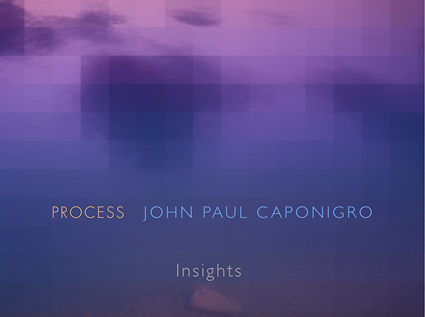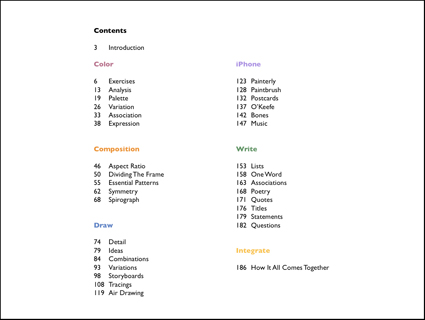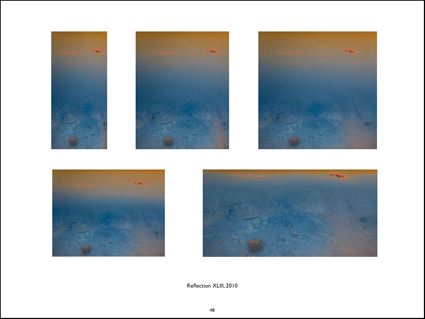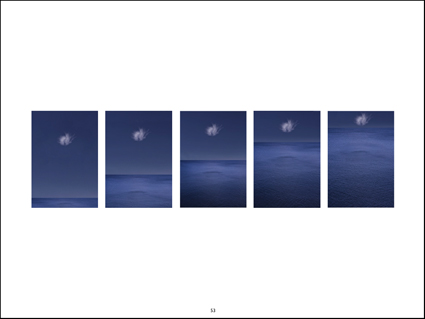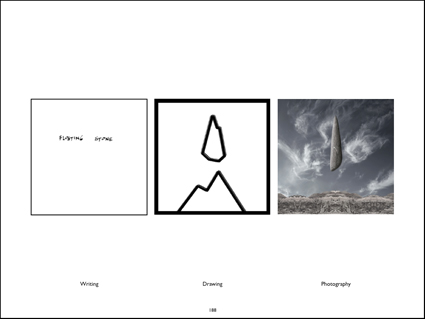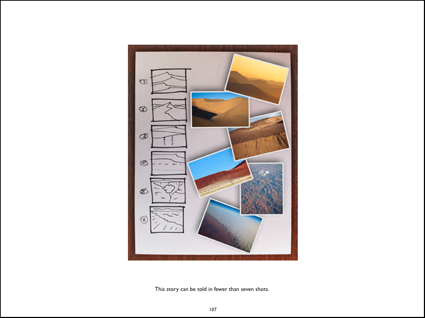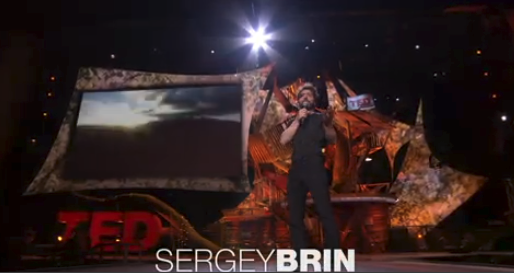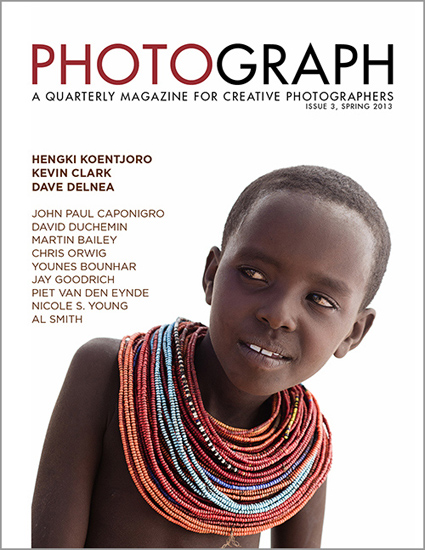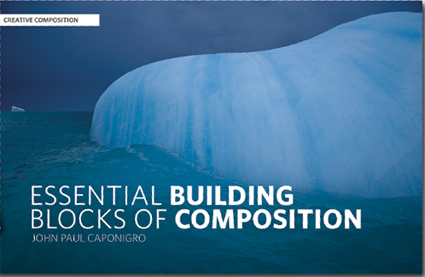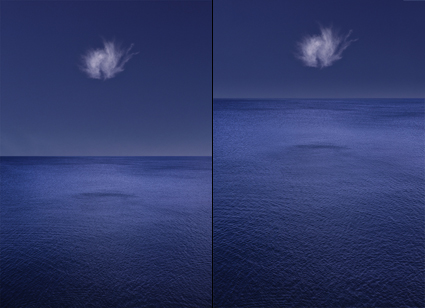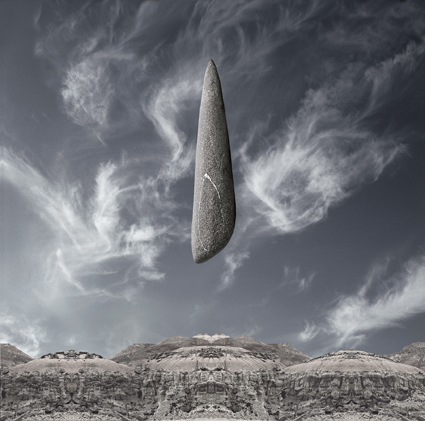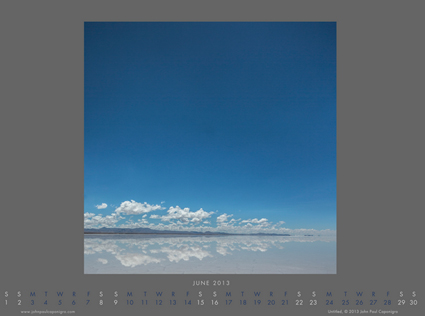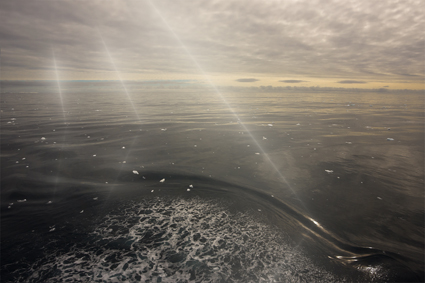
Refraction LX, Penola Straight, Antarctica, 2009
A voice inside my head was grousing, “There’s nothing here. It’s not good enough. You’re not good enough. Someone else has done this before. You’ve done this before. You’re uncomfortable. You’ll have better luck next time.” I’d heard it all before. So I changed my inner dialog, “There’s something here; you just have to find it. You know how much you like the surprise when you do. You have a unique sensibility. You’ll bring something new to the situation. You can do it. It will be great. You’re enjoying this.” If I hadn’t shifted the tone of my self-talk I would have given up before I got started, instead I stuck with it, for hours, and succeeded, many times. Refraction LX was just one of that morning’s successes.
You’ve heard it all before too. “You’re just like … you always … you never … you’ll never … why try …” As Carla Gordon said, “If someone in your life talked to you the way you talk to yourself, you would have left them long ago.” We’re told that to improve and reach our full potential that we have to be our own worst critics. It’s true that there is a time and a place for this – but it’s limited. Don’t make it a full time occupation. If you do, you may never get where you need or want to go.
Professional athletes and performing artists have coaches and directors who not only train them but also encourage and inspire them as well. So do many CEOs and salesmen. So do many people from many walks of life at different times in their lives and stages in their careers. They may even engage different types of coaches at different times for different needs. When was the last time someone coached you? When was the last time you coached yourself? Even if you’re lucky enough to find the right creative coach who can help guide you to perfect practice, they can’t do all the work for you; you have to do the work too; after all, in the end, they’re training you to do it yourself. You can’t afford to wait and find your perfect creative coach. Instead, become that person.
Energize yourself. Affirm your abilities. Take note of your previous accomplishments. Set tangible goals for the future. Chart your progress along the way. Provide yourself incentives. Reward yourself. Celebrate your accomplishments – both verbally and visually, privately and publicly. Be specific using precise language. Give yourself pep talks. Frequently use positive affirmations. Don’t think you can do it? Tell yourself you can. And then do it. Watch your self-talk – and change it for the better. It’s a mindset. If you want better results create a better mindset.
When you talk about yourself or your work, do you use positive or negative words? The words we use can be very revealing about our orientations, attitudes and beliefs. Many times, when we speak about ourselves, if we speak about ourselves, we downplay our abilities and accomplishments. It’s true that no one likes a raving egomaniac. But, there’s a real difference between arrogance and confidence. Confidence is attractive and inspiring; arrogance isn’t; neither is insecurity. Don’t let your insecurities get the best of you. Be careful not to talk yourself down, cut yourself off short, or fall completely silent. Instead, learn to speak simply and directly about yourself and your work and above all share your enthusiasm. Not feeling it? Act as if you do. With just a little practice you will begin to feel it. It’s true we should all beware of over confidence. And, critical feedback, the right kind and the right amount, is useful for improving performance too. Peak performance and growth take the right balance of positive and negative feedback. But ask yourself, “How balanced are you?” If you’re like most people, you’re not very balanced at all. Change this and you’ll tip the scales in your favor. This takes constant monitoring and recalibration but you’ll soon see substantial changes that make it not just worthwhile but invaluable.
How important is this? Consider how much money is spent every year on motivational resources like books, videos, lecture, workshops, and more. The figures are enormous. That’s how important it is to other people. Ask yourself, “What’s the price of not doing it?” That’s far greater. Don’t pay it. Just do it.
Questions
What is the state of your current self-talk?
How many ways can you improve your self-talk?
How many ways can you make your self-talk more energized?
How many ways can you make your self-talk more meaningful?
How many ways can you measure the results of improved self-talk?
Find out more about this image here.
View more related images here.
Read more The Stories Behind The Images here.
